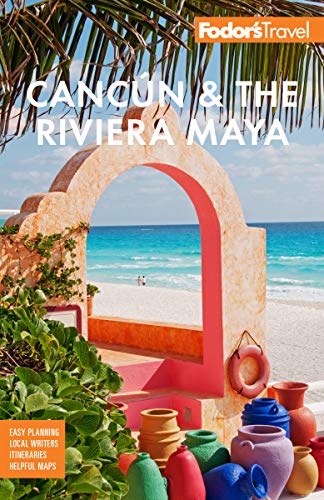Cancún's History
The Maya, Cancún’s original inhabitants, arrived centuries ago, and their descendants live in the area to this day. During the golden age of Mayan civilization, called the Classic Period, this part of the coast remained sparsely populated as other parts of the peninsula were developing trade routes and building enormous temples and pyramids. Consequently, Cancún never grew into a major Mayan center. Excavations of ruins at El Rey in what is now the Zona Hotelera have shown that the Maya communities that lived here around AD 1200 simply used this area for burial sites. Even the name given to the area was not inspiring: Cancún means "nest of snakes" in Mayan.
When the Spanish conquistadors began to arrive in the early 1500s, much of the Mayan culture was already in decline. Over the next three centuries the Spanish largely ignored coastal areas like Cancún, which consisted mainly of low-lying scrub, mangroves, and swarms of mosquitoes, and focused instead on settling inland where there was more economic promise.
Although it received a few refugees from the Caste War of the Yucatán, which engulfed the entire region in the mid-1800s, Cancún remained more or less undeveloped until the middle of the 20th century. By the 1950s, Acapulco had become the number-one tourist attraction in the country—and had given the Mexican government its first taste of tourism dollars. When Acapulco's star began to fade in the late 1960s, the government hired a market-research company to determine the perfect location for developing Mexico's next big tourist destination. Guess where they picked?
In April 1971, Mexico's president, Luis Echeverría Alvarez, authorized the Ministry of Foreign Relations to buy the island offshore of Cancún and the surrounding region. With a $22 million development loan from the World Bank and the Inter-American Development Bank, the transformation of Cancún began. At the time there were just 120 residents, most of whom worked at a coconut plantation. By 1979 Cancún had become a resort of 40,000, attracting more than 2 million tourists a year. Today, more than 800,000 people live here, and the city has become Mexico’s most lucrative source of tourism income. The recently opened Museo Maya showcases the evolution of the region and its archaeological timeline. Set in the middle of the bustling hotel zone, attractions include both indoor exhibits and outdoor ruins.




